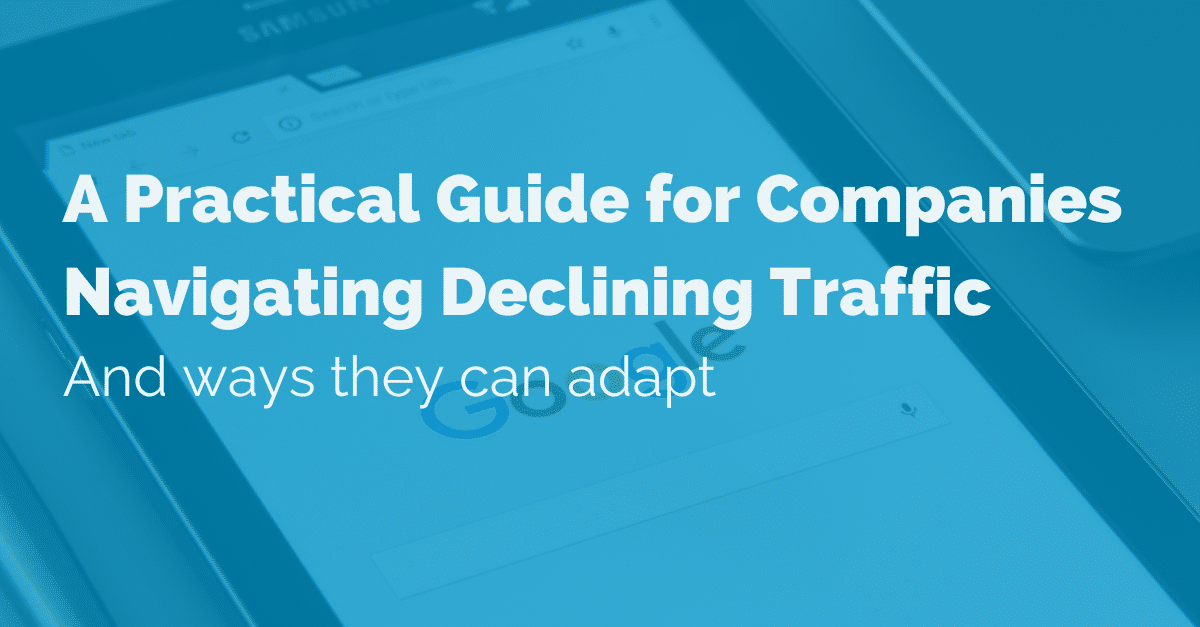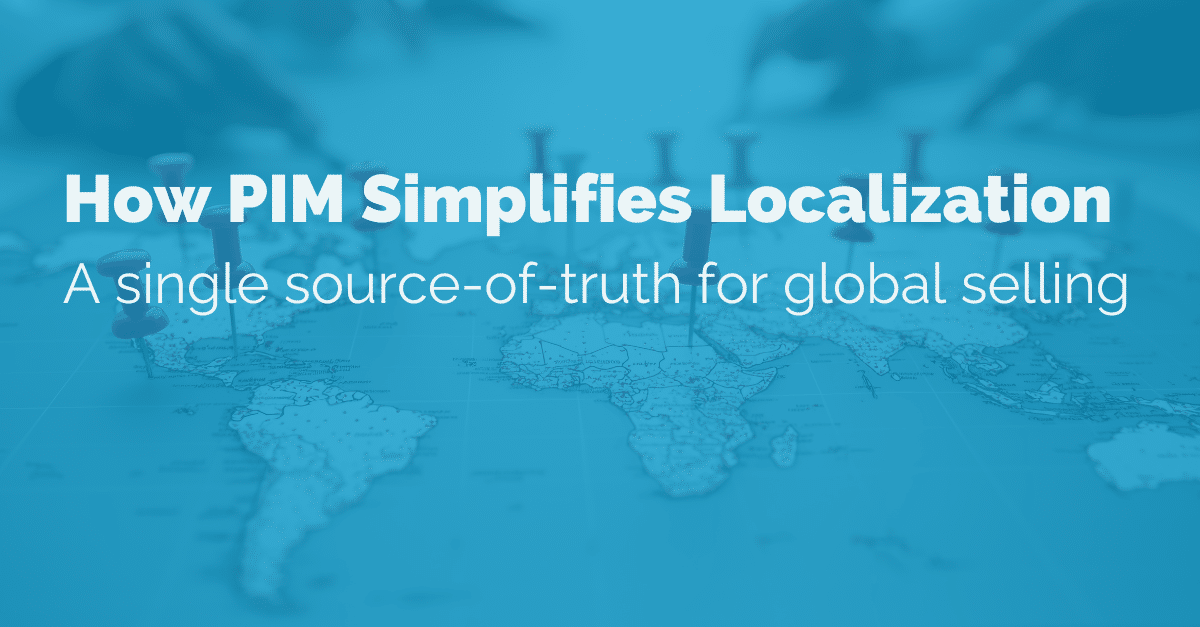The concept of a digital shelf extends across multiple touchpoints, including search results, product pages, blogs, advertisements, and social media platforms. To thrive in this digital environment, mastering digital shelf optimization is critical. By optimizing content, pricing, and overall visibility, businesses can attract more customers, increase conversion rates, and achieve greater online sales.

The transition from a physical store to a digital shelf indicates a change in the way firms connect with their customers. Unlike traditional retail environments, the digital shelf operates in a dynamic, multi-channel environment that requires real-time changes.
To stand out, organizations must prioritize generating compelling, accurate, and consistent product content that meets customer expectations. This information should cover everything from competitive pricing and product descriptions to high-quality imagery and fast-loading pages, laying the groundwork for a streamlined shopping experience.
What is the Digital Shelf?
The digital shelf encompasses more than just a single platform or webpage; it spans every digital touchpoint where customers interact with a brand. From the initial discovery through search engines to the final purchase decision, the digital shelf maps the entire journey. This often begins with search results and continues through product pages, reviews, blog snippets, and even social media posts. A well-optimized digital shelf ensures these elements work harmoniously to deliver a seamless, user-friendly experience.

Unlike traditional shopping, the digital shelf operates 24/7, requiring brands to maintain a consistent and dynamic presence across multiple platforms. Factors like search rankings, high-quality product imagery, and detailed descriptions play a crucial role in shaping a brand’s online performance. The success of the digital shelf is measured by its ability to engage customers and inspire deeper exploration of the brand.
To navigate this complexity, businesses must focus on effective digital shelf management. This involves regular updates and optimization of content to align with evolving trends and customer preferences. Leveraging tools like Product Information Management (PIM) systems helps brands maintain a strong, accurate, and relevant presence across the digital shelf, driving engagement and conversions.
Digital Shelf Performance
Evaluating and improving digital shelf performance is essential for staying competitive. Multiple factors influence the performance of your digital shelf, including visibility in search engines, the quality of your product pages, and the effectiveness of your product descriptions. High conversion rates, positive customer reviews, and rich digital assets like 360-degree product images or videos are also significant contributors to success. Together, these factors determine how effectively a brand can attract and convert customers in the digital space.
Strong digital shelf performance depends on maintaining consistency across all channels. For example, accurate and engaging product content can improve your brand’s standing in search rankings, making it easier for potential customers to find your offerings.
Regularly monitoring your digital shelf analytics allows you to identify trends and adjust your strategies. Whether it’s refining your shelf strategy, improving content quality, or addressing customer feedback, tracking performance metrics provides valuable insights that guide decision-making.
The Role of PIM in Digital Shelf Optimization
A Product Information Management (PIM) solution is essential for successful digital shelf management. By centralizing all product-related data, PIM assures consistency, accuracy, and quick access to updates across numerous platforms. This is especially critical in real time, as a brand’s ability to respond rapidly to market developments can decide its success.
PIM systems support digital shelf optimization by streamlining content creation and distribution. For instance, PIM allows businesses to create and manage SEO-friendly product descriptions, high-quality images, and other digital assets efficiently. It also helps brands maintain uniform branding across platforms, which is crucial for building customer trust.
Furthermore, PIM technologies offer insights into digital shelf analytics, allowing marketers to track performance and modify plans based on relevant data.
Crafting an Effective Digital Shelf Strategy
Creating a successful digital shelf strategy requires a multifaceted approach that includes compelling content, strong SEO strategies, and customer analytics. A well-designed shelf strategy begins with the creation of informative and visually appealing product pages. These pages serve as virtual showrooms, giving customers a view into your brand and its offers.

High-quality product descriptions are critical components of any digital shelf presence. To increase search engine visibility, these descriptions should be brief, engaging, and keyword-rich. Beyond words, digital assets such as movies, 3D graphics, and interactive features enhance the purchasing experience and help your products stand out in crowded online markets.
Personalization is another key component of a digital shelf strategy. Businesses can target certain demographics by researching customer behavior and preferences. This not only improves the shopping experience, but it also boosts conversion rates by addressing specific demands.
Implementing PIM for Digital Shelf Success
A PIM system is indispensable for achieving digital shelf optimisation. By centralizing and automating the management of product content, PIM ensures that your digital assets are always accurate and up-to-date. This simplifies the process of creating engaging content, from SEO-optimized product descriptions to high-quality visuals, which are critical for maintaining a strong digital shelf presence.

PIM enables firms to efficiently scale their operations. Whether it’s managing a growing product library or expanding into new online markets, PIM improves the procedures required to support these initiatives. By offering a single source of truth for all product-related data, PIM improves team cooperation and allows them to efficiently execute their digital shelf strategy.
Understand your digital shelf
The digital shelf is what creates the shopping experience for your customers. It is how your customers find you, learn about your brand, and compare and purchase products. A huge part of online selling are digital experiences provided by your digital shelf. But it begins even before visitors arrive at your website or product pages.
It also includes their search engine experiences, such as the content that appears in the SERPs, product pages that pop up in sponsored ads, and snippets for content in your blogs.
With a PIM, you centralize all your product data and have information ready for optimization.

It also makes it easier to maintain the most current information so you can constantly update your digital shelf to create a more meaningful customer experience.
Accuracy in the product information is vital to building brand awareness and trust. Also, your digital shelf consists of everything from product descriptions and reviews to images and videos of your products.
As a result, you need to pay close attention to your product information to maintain consistency and ensure your brand is represented in the most favorable light.
Create the perfect product detail page

Product detail pages (PDP) showcase your products, enabling online customers to browse your offering. Just like people get a certain vibe when entering a brick-and-mortar store, your PDP needs to attract a customer’s attention and let them know what you’re all about. To create the perfect PDP, you need to consider the following:
Product descriptions
Keyword-optimized relevant copy keeps customers engaged and encourages them to purchase.
Digital assets
High-quality images, 3D, 360 images, video, and more provide the digital assets you need to optimize pages and your digital shelf with helpful content. A PIM/DAM ensures your digital assets have tags, optimal file sizes, and an assortment of visual options to make customers happy.
Snippets
The box of text at the top of the SERPs is SEO gold, so your optimized product descriptions and images are a must if you want to win this prized position.
FAQs
Think of objections and commonly asked questions to improve SEO and provide information that helps customers decide to purchase without further research.
Reviews and user-generated content (UGC)
Word of mouth is the strongest purchase influencer, so using customer reviews and comments is your most powerful PDP tool.
Product descriptions
The art of product descriptions is time consuming, so leveraging a PIM with AI capabilities can help. You can create optimized and branded descriptions, ready to edit by your creative team. Use the following best practices:
- 150 words or less
- Cover all essential features and benefits
- Use bullet points for easy scan-ability by visitors and search engines
- Include logos to show accreditations or key benefits
- Triple-check for accuracy
- Naturally include target keywords (LSI, longtail, etc.)
- Use your brand voice
Personalization: Use customer data to cater to your different audiences in each variation of the product detail page based on the use case, age, gender, ethnicity, language, occasion, etc.
Increase the visibility of your products through SEO
Search engine optimization (SEO) is crucial for your product content as it will drive traffic to your site. Use relevant keywords with meaning to both search engines and customers in the following content:
- Product descriptions
- Digital asset tags
- Snippets
- FAQs
- Reviews and user-generated content (UGC)
You also have to optimize your site structure to make it searchable, easy to use, and mobile-friendly.
Improve customer experience
Improving your customer experience is the primary goal of your digital shelf. Your website needs easy searchability with PDPs that enable customers to find exactly what they want.
Clear categories and sub-categories on your navigation keep things organized while fast-loading pages avoid abandonment.
Pages with high-quality, detailed product information text and assorted digital assets enable customers to make informed decisions. Content that helps educate shoppers is also essential such as blogs, videos, FAQs, and testimonials.
Monitor product performance
Monitor product performance to understand how your “storefront” is performing. Consistently updated product information gives you an accurate idea of which products are performing well and which aren’t. As a result, you can make smarter discount decisions.
A PIM can make a huge difference in creating an optimized digital shelf. You can store all your digital assets and product information in one place, ensuring your brand is protected, and your content drives sales.
If you would like to see our PIM/DAM in action, book a demo today.
















